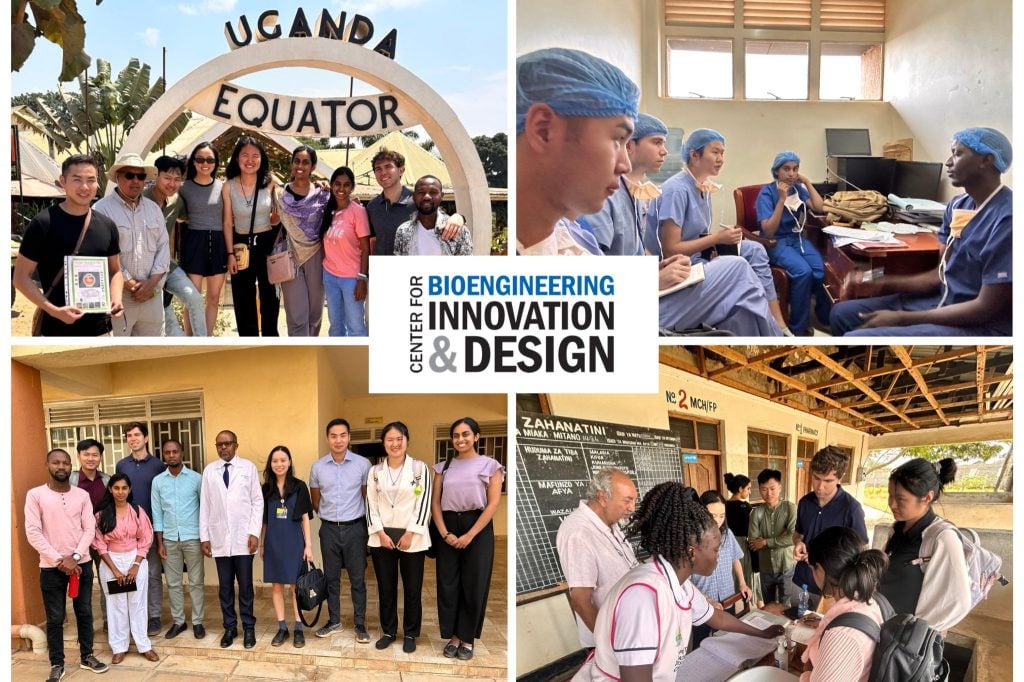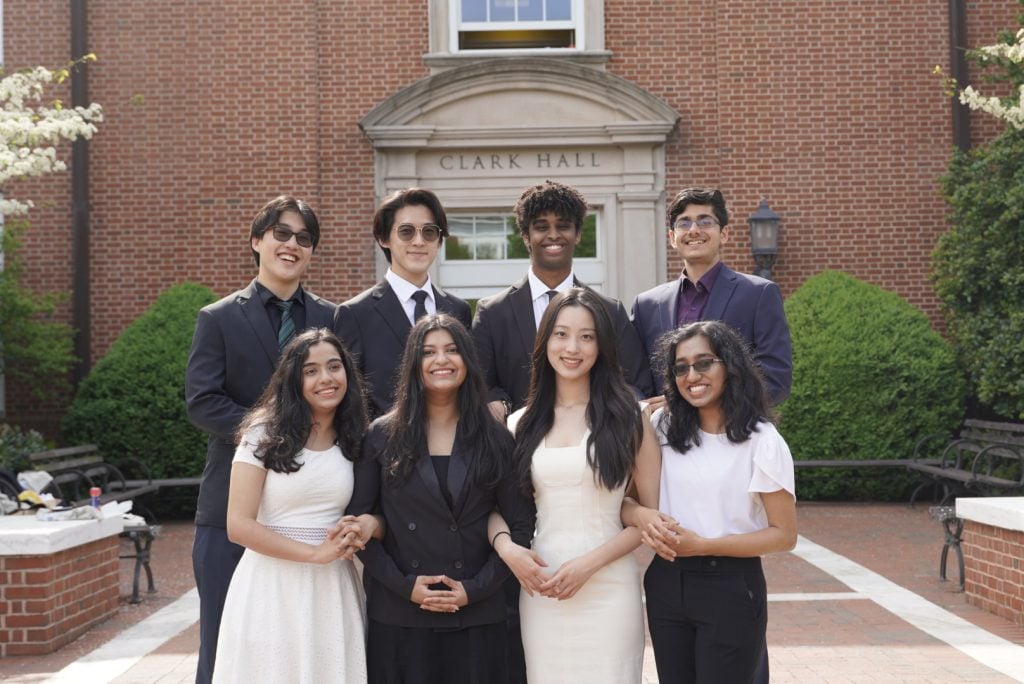A better sample on the first try
CBID graduate students Rida Amjed, Sainkhuu Enkh-Otgon, Shirley Lin, Oriol Cuxart Pérez, and Fujia Zheng each hail from a different country – India, Mongolia, the United States, Spain, and China – and believe their unique backgrounds have helped the team to innovate on a global scale.
“Coming from different cultures and those perspectives has given us a leg up when it comes to navigating foreign health systems and the medtech market. We’re better able to work through cultural nuances, and we’ve had successful stakeholder engagement from the beginning,” said Enkh-Otgon.
Last August, the team spent a month working in both Uganda and Kenya, surveying and assessing the greatest unmet needs in the healthcare systems there, and speaking with patients, survivors, pathologists, surgeons, radiologists, and government agencies.
Any delays in diagnosis or treatment can have a significant impact on survival rates. The team learned that because today’s FNA biopsies have a high inadequacy rate—meaning they don’t capture enough cells for testing —many women must return for repeat biopsies to obtain a definitive diagnosis.
“That’s a significant burden for a patient population who primarily lives in rural and remote regions. It can take women an entire day to travel to a clinic, meaning they take time off work and leave their families behind. Often, they have to sell livestock or some part of their livelihood to even afford the travel and the housing at the center,” said Lin.
With these parameters in mind, the team is developing a new accessory for existing FNA equipment: an instrument designed to dislodge cells from tissue in a way that yields more cells. The automated device, called YieldEASE, will let the clinicians do just one “pass” with the needle to get a good sample, instead of multiple passes as is common now. “With more passes, there is more bleeding and tissue damage. Our device aims to get it right with the first pass, so the procedure is less traumatic for the patients,” said Amjed.
The device also won’t require sterilization and will be reusable, making it a more sustainable option for the team’s target market. And while the CBID project is focused on finding cancer more quickly in Uganda and Kenya, the applications are not limited to one crisis or region. The larger goal is to make this device available in other areas struggling with diagnostic roadblocks, said Enkh-Otgon. The team is actively raising funds to move into the next phase of testing their prototype.
“This project has been more than just an academic experience. Going to these countries and getting to hear all their stories and understanding the barriers to high-quality care first-hand was really enlightening,” said Lin.



